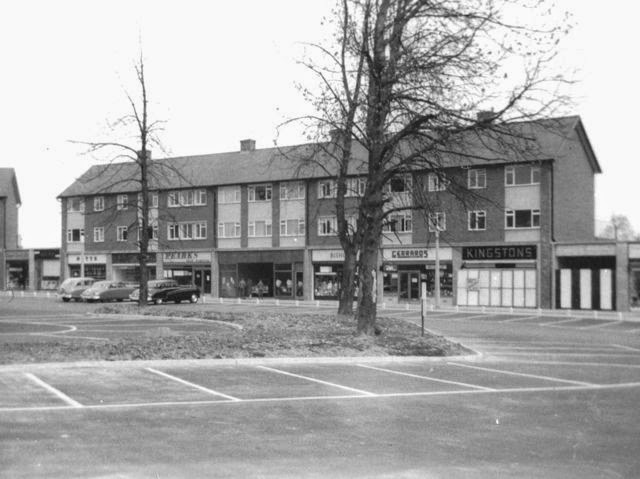This year, 2014, the 900th anniversary of St Leonard's parish is being celebrated. The decision to form a new parish out of part of the old one was taken approximately 900 years ago – and that is the reason for the small addition sign next to the celebration organisation's logo. It would be nice to mark the anniversary in the correct year, but no-one is quite sure when that was.
 While there are several events in Sandridge this summer, one, in particular, is of special interest to those of us who live or have lived in Marshalswick or Jersey Farm. Remember that before those developments were built and found themselves in the new parish of St Mary, they were part of St Leonard's and its church in the middle of the village of Sandridge.
While there are several events in Sandridge this summer, one, in particular, is of special interest to those of us who live or have lived in Marshalswick or Jersey Farm. Remember that before those developments were built and found themselves in the new parish of St Mary, they were part of St Leonard's and its church in the middle of the village of Sandridge.An exhibition, Discover Sandridge, is now open at the Museum of St Albans, and will remain open daily until June 1st* An opening function was held last Thursday evening in the museum gallery at which some 40 invitees attended. It is a busy exhibition, with over thirty panels of information and pictures, as well as a number of artefacts, and two screens showing slides and videos throughout the day.
It may be the youngest part of the exhibition, but already visitors have engaged with the Marshalswick and Jersey Farm area of the display; and a number have spotted the little info boards identifying their road and how it came to have that name. That is the problem with young districts; it is assumed they are too youthful to have a history or a story to tell. Young or old, a few decades or a millennium, there is much to explore. Don't think of popping in for ten minutes. Once you are there the time will fly. You may end up making a return visit. It is certainly one of those events you will find yourself recommending to friends. Oh yes you will!
Amazingly, at the time of writing this blog, the St Albans Museums' website carries no information about Discover Sandridge, and is still advertising Gadgets and Goggles, which closed on 13th April. More disturbing, the website devoted specifically to the Sandridge900 celebrations, (www.sandridge900.com) carries no front page marketing about the exhibition, and you have to dig into an inside page to find a brief reference. Forget Discover Sandridge; it is a matter of Discover a poster! So, well done St Albans' Own East End, which has carried front page marketing about the exhibition for two months, and now this article. And, of course, we first asked residents to look out interesting photos as early as last winter. Chris Reynolds also came up trumps. His Hertfordshire-Genealogy website
(www.hertfordshire-genealogy.co.uk) posted the exhibition opening the following morning.
SAOEE also lists events happening at Highfield Park and Fleetville Diaries. If you have a website which people want to return to, inform people of what is going on; that is why the number of visits to this website has been increasing steadily month on month.
* Although the original poster, which we have used on the website, says the final day is 29th April, Discover Sandridge will remain open until Sunday 1st June.







